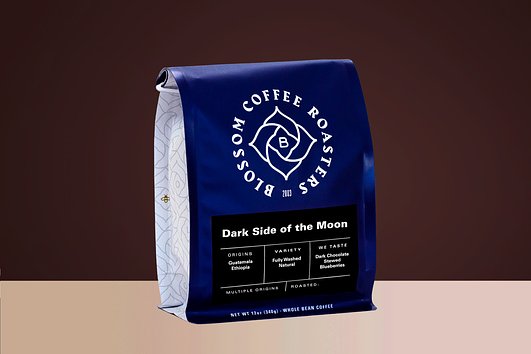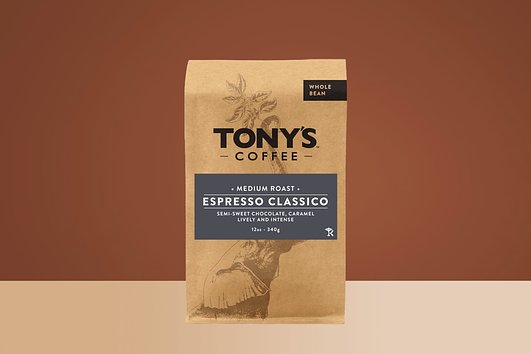Guide to Indonesian Coffee
![]() Maryna Gray
• March 24, 2021
Maryna Gray
• March 24, 2021
The best farm-to-cup Indonesian coffees come from three regions: Sulawesi, Sumatra, and Java. Of the three regions, Java is the most productive and noted for Arabica coffee with bright acidity and a clean, fruity profile. Today, about 90 percent of Indonesian coffee is from the Robusta species, now commonly used for commercial-grade coffee. Read on to learn about Indonesia's coffee history, taste and more.
Indonesian Coffee History
Arabica coffee plants were first brought to Indonesia in the 17th century by the Dutch East India Company while Indonesia was still occupied by the Dutch. Their goal in growing coffee was to break the worldwide Arab monopoly on coffee trade.
In the beginning, the Dutch Colonial Government planted coffee as far south as Bogor and Sukabumi, as well as around Batavia (Jakarta). Coffee plantations were later established in East, West and Central Java, in addition to some parts of Sulawesi and Sumatra. In order to develop the plantations, large areas of forested land were cleared and cultivated. The growth of coffee plantations was responsible for the development of a lot of infrastructure in Central Java throughout the 19th century. Many railways and roads had to be constructed in order to transport the beans from the island interior to different ports for exportation.
Indonesian Coffee Processing
Indonesian coffees are processed in a way that is referred to as giling basah, known in other parts of the world as the Semi-Washed/Wet-Hulled Process. Once the coffee has been picked, it's then depulped and briefly dried. Rather than drying the coffee to a moisture content of 11 or 12 percent like most other coffee processes do, the semi-washed process dries the coffee to a moisture content of 30 to 30 percent. The coffee is then hulled to strip off the parchment and expose the green coffee beans underneath. These naked beans are then dried once more until they are dry enough to be stored without potentially rotting. Semi-washed coffee tends to have a much lower acidity and more body than most coffee.
Indonesian Coffee Taste
Indonesian coffees tend to have a dark and bold flavor profile, with a prominent earthiness. The semi-wash process creates tasting notes ranging from earthy, mustiness, spice, wood, tobacco and leather. They often have a long-lasting finish that feels like unsweetened or dark cocoa. The Sumatran region is the most popular Indonesian region today because of its reputation for taking well to darker roasting. Sumatra produces Mandheling and Ankola, which are two of the world’s most famous and high quality coffees. There are usually smokey or toasted flavors with a lot of complexity. These coffees are often polarizing because many coffee lovers believe those flavors overwhelm the cup.
If you want to experience the earthy notes and aromas made famous by Indonesian coffees, check out our single-origin coffee selection, as well as our World Coffee Tour Box.
We want to help you make better coffee at home. Our recommendations are our own, and never sponsored. If you see something you love and buy it through our links, we may receive an affiliate commission (thanks for that!).





